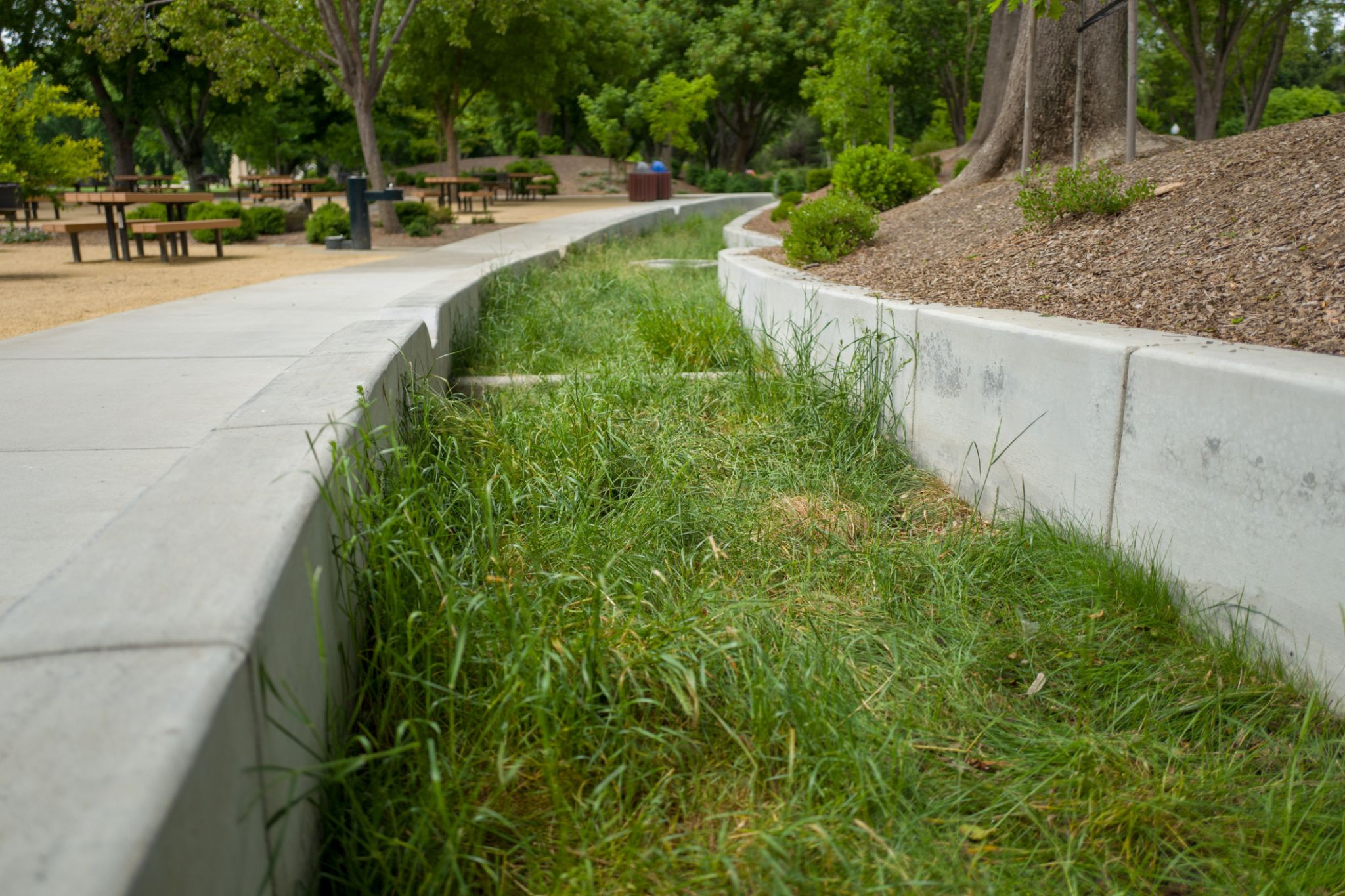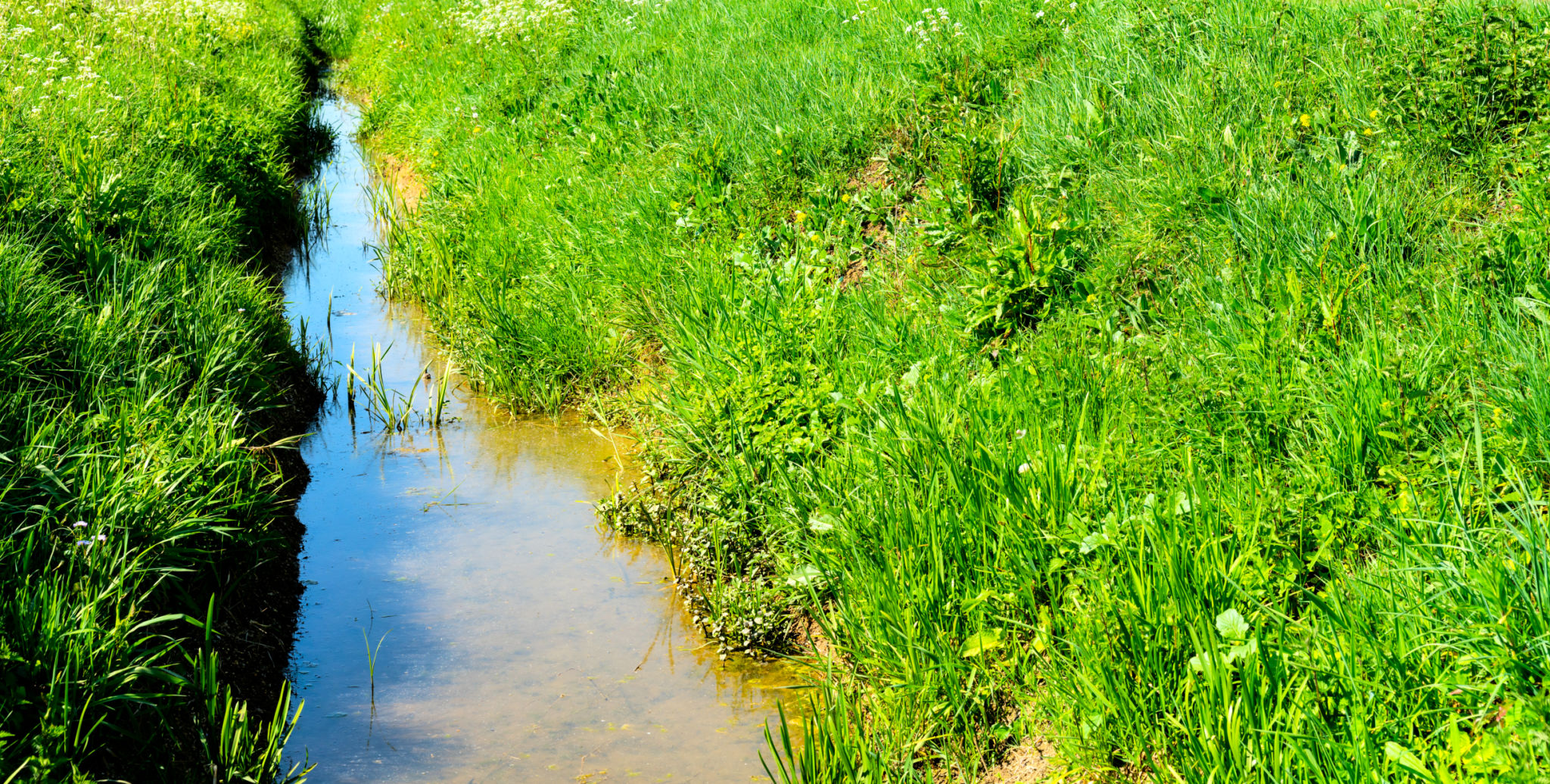Success Stories: Inspiring Bio-Swale Projects in Walton County
Understanding Bio-Swales
Bio-swales are innovative landscape elements designed to manage stormwater runoff. These vegetated, shallow channels are engineered to capture, convey, and treat rainwater before it enters traditional drainage systems. By doing so, bio-swales help reduce flooding, filter pollutants, and enhance groundwater recharge. Walton County has embraced this sustainable approach, integrating bio-swales into various community projects.

Community Park Transformation
One of the standout bio-swale projects in Walton County is the transformation of a community park. Previously plagued by flooding and poor drainage, the park underwent a significant overhaul. The introduction of bio-swales not only alleviated waterlogging but also improved the park's aesthetic appeal. Native plants were added to the swales, enhancing biodiversity and offering a natural habitat for local wildlife.
The project was a collaborative effort involving local government, environmental groups, and community volunteers. Their combined expertise ensured the project's success and set a precedent for future eco-friendly initiatives in the area.
Enhancing Urban Infrastructure
In urban areas of Walton County, bio-swales have been integrated into street designs to manage stormwater more effectively. These installations are strategically placed along roadways to intercept runoff from paved surfaces. By filtering water before it reaches sewer systems, bio-swales play a crucial role in maintaining urban water quality.

The benefits of these urban bio-swales extend beyond water management. They contribute to urban cooling, reduce heat island effects, and offer green spaces in dense city environments. This holistic approach to infrastructure demonstrates Walton County's commitment to sustainable urban development.
Educational Initiatives
Walton County has also focused on education as part of its bio-swale projects. Schools have incorporated bio-swales into their campuses, serving as living laboratories for students. Through hands-on learning experiences, students gain a deeper understanding of ecological processes and the importance of sustainable practices.
These educational initiatives foster environmental stewardship among young people, empowering them to advocate for and implement sustainable solutions in their communities. As students learn about the positive impacts of bio-swales, they are inspired to think creatively about environmental challenges.

Future Prospects
Looking ahead, Walton County plans to expand its network of bio-swales. Future projects aim to integrate these systems into residential areas, offering homeowners an opportunity to contribute to water management efforts. By adopting bio-swales in private properties, residents can help reduce local flooding risks and enhance neighborhood aesthetics.
The county is also exploring partnerships with businesses to incorporate bio-swales into commercial developments. This collaboration could lead to more resilient infrastructure and promote sustainable business practices throughout the region.
Conclusion
The success stories of bio-swale projects in Walton County highlight the transformative power of sustainable infrastructure. These initiatives not only address immediate environmental challenges but also pave the way for long-term ecological resilience. As other communities look to replicate Walton County's achievements, they contribute to a broader movement towards sustainability and environmental responsibility.